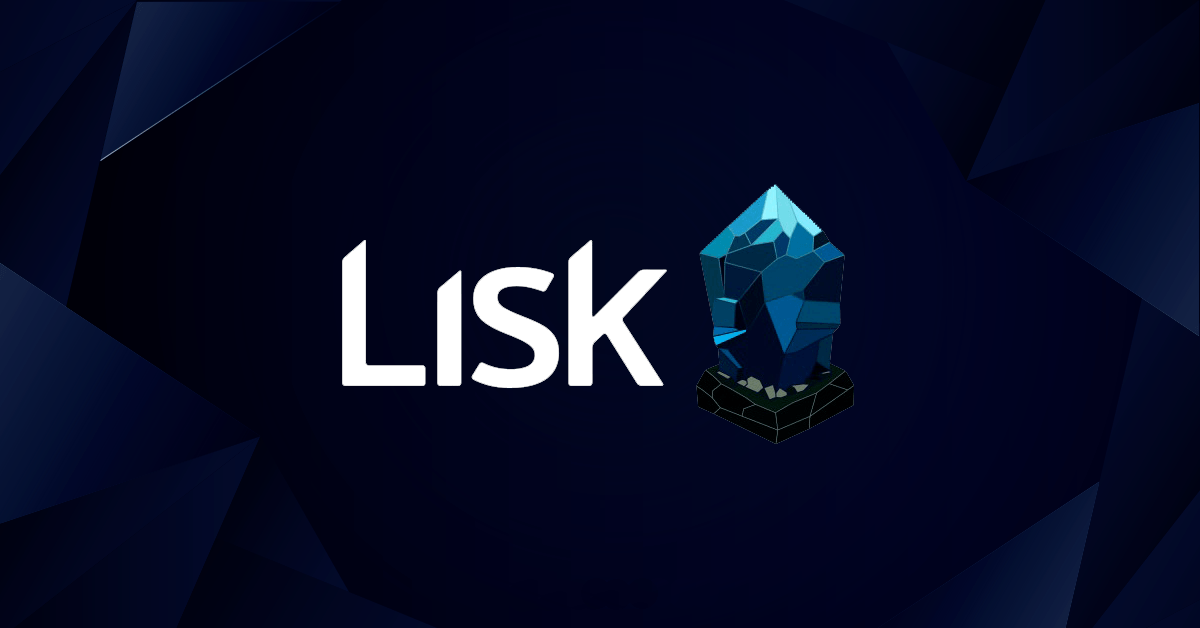
Lisk is a cryptocurrency aiming to serve as a platform for decentralized applications (Dapps), special programs designed to run across a network of computers running shared software.
The project’s goal is to allow developers to transfer skills more rapidly for the building of Dapps, as it allows them to write programs using the Javascript and Typescript languages, both widely used in general web development.
However, Lisk enables developers to create custom Dapps and cryptocurrencies via what it calls “sidechains,” unique blockchains operating within the Lisk network. These sidechains are bound to the Lisk blockchain and are customizable to suit the needs of Lisk Dapps.
Because these blockchains are compatible with Lisk, developers can leverage resources like the project’s software development kit, coding libraries, and its cryptocurrency, LSK.
The cryptocurrency that powers the Lisk blockchain, LSK is needed to pay for the costs of key operations and for voting on proposed updates to the software’s rules.
Who created Lisk?
Founded in 2016 by Max Kordek and Olivier Beddows, Lisk originated from a fork of Crypti, a similar Javascript-based cryptocurrency project Kordek and Beddows started in 2014.
In February 2016, the founders held an initial coin offering (ICO) for Lisk’s cryptocurrency, LSK, raising 14,000 BTC (roughly $5.6 million) in a sale that auctioned 85% of Lisk’s token supply.
The remaining 15% of LSK coins were distributed to key developers and stakeholders. In a 2018 relaunch, the project’s focus shifted to new branding, design, and UX strategy.
How does Lisk work?
The main software implementation for the network, Lisk Core, enforces the protocol’s rules, keeping the computers that run it in sync and operating smoothly.
The Lisk software development kit (SDK) is used for building decentralized applications (Dapps) that are compatible with Lisk Core.
The SDK contains three components:
- Lisk Framework – which facilitates interactions between the modules of the Dapps.
- Lisk Elements – a set of coding libraries.
- Lisk Commander – a tool that allows users to interact with the blockchain.
Delegated Proof-of-Stake (DPoS)
To secure its blockchain and keep its distributed network of computers in sync, Lisk uses a consensus system called delegated proof-of-stake (DPoS).
DPoS leverages a real-time voting system to determine which computers running the software can create the next block on the Lisk blockchain. This means anyone who owns LSK can help operate the network.
Each LSK token can be locked, or “staked,” to represent a vote. All owners who stake LSK then vote for 101 active delegates, who are responsible for creating blocks.
There is a total of 101 blocks per cycle, with approximately 10 seconds between each new block. Each block cycle is roughly every 16 minutes.
For proposing and adding new blocks to the Lisk blockchain, active delegates receive the block’s total transaction fees and its reward (paid in LSK cryptocurrency).
Active delegates can also choose what percentage of the LSK they receive to distribute to users who voted for them as active delegate, which further incentivizes voters.
Why does LSK have value?
LSK is used by the network to power Dapps and it allows users to participate in the governance of the Lisk blockchain. However, it is primarily used to pay for the network fees for the different types of transactions, such as registering and updating a Dapp or sending and spending coins.
Developers who choose to create a Lisk sidechain can also allow the use of LSK within their Dapps, facilitating the movement of tokens between their blockchain and Lisk Core.
LSK also derives value from its use as a tool for voting. Lisk users can ‘stake’ their LSK coins, allowing them to vote for the 101 active delegates who create new blocks.
The amount of LSK minted by the network is also designed to be reduced over time, making its cryptocurrency more scarce, which in turn could drive its value.
At launch, the reward given to users who created new blocks was 5 LSK, though this will decline to 1 LSK, at which point it will maintain this issuance schedule.
Why use LSK?
The Lisk blockchain may be appealing to traditional developers who want to start coding Dapps, but who don’t want to learn a new language to do so.
There are a variety of projects that have been built on the platform. Some examples include a bicycle sharing marketplace, an app used to validate and control event attendees, as well as a variety of decentralized games, including roulette and dice games.
Investors may also seek to add LSK to their portfolio should they believe users will eventually flock to blockchains that facilitate the creation and use of Dapps.
Source: https://www.kraken.com/learn/what-is-lisk-lsk/

Comments